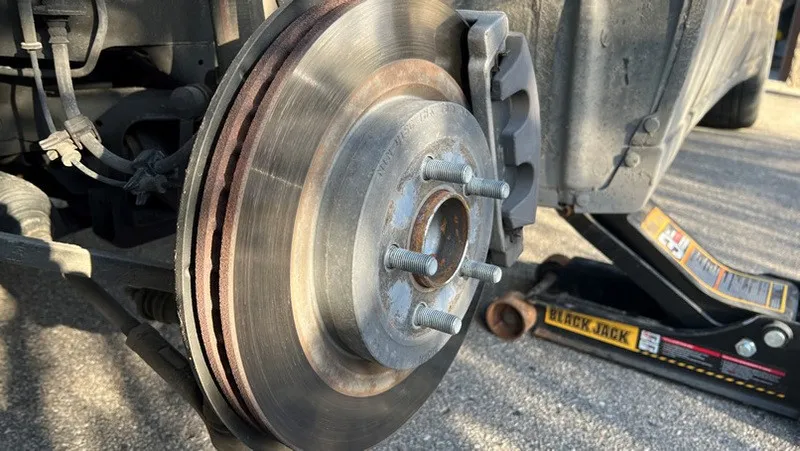FWD, RWD and AWD, and how they link to your cars brakes
January 01, 2023Front-wheel drive (FWD), rear-wheel drive (RWD) and all-wheel drive (AWD) are the three different ways that your wheels can receive power. You may have heard these terms before, but have you ever thought about the real difference they make? Read on to learn more about the difference between FWD, RWD and AWD and how each of them are linked to your car’s braking power.
What is front-wheel drive (FWD)?
FWD is a term used to describe vehicles that are powered by their front wheels. The power comes from the engine, passes through a transaxle and reaches the front wheels for movement. This design has become a fan favourite in more recent times because it is fuel-efficient and cost-effective due to its better use of space. Space is better used because unlike RWD and AWD cars, FWD vehicles do not need driveshafts or a longitudinal gearbox. Additionally, FWD vehicles do not release as high of levels as CO2 therefore they are better for the environment. But these vehicles do not go without their disadvantages. FWD vehicles are prone to having slower acceleration speed and power, and they are front-heavy which can cause steering mishaps.
What is rear-wheel drive (RWD)?
Contrarily, RWD is when vehicle power comes from the back wheels. This type of drive is becoming more rare in everyday make and models due to its demanding nature. A RWD car’s driving dynamics require attention and participation from its drivers because of weight shifts. Although power comes from the back of the vehicle in RWD, steering is still controlled by the front wheels. The main advantages of RWD include better acceleration and handling due to the better load transfer. It should also be noted that vehicles with RWD typically have less maintenance costs because balance is stronger. However, RWD is very climate-dependent. These vehicles do not perform as well in wet or snowy conditions.
What is all-wheel drive (AWD)?
AWD is when a vehicle's power comes from all four wheels. This type of drive provides optimal traction during acceleration seeing as all four wheels are working together. There is strength in numbers in this case. This also allows cars to be sturdier in different climates, notably in wet and snowy conditions, seeing as they slip less and allow the driver to have better overall control of the vehicle. That being said, AWD vehicles typically don't get as much life out of their tires, the added mass is less fuel-efficient, as well as their complex system heightens the cost of the vehicle.
How do brakes differ in FWD, RWD and AWD?
Although car brakes are always present at all four wheels of your car, due to the differences in weight in FWD, RWD and AWD, braking needs can differ depending on your car’s drive. In FWD vehicles, front brakes are generally larger due to the weight transfer. In RWD, braking force relies on having control of your vehicle. Seeing as AWD is heavier, the braking system is able to slow down faster.
How to make the right choice when purchasing a car?
Choosing the car you want is a huge decision that takes a lot of thought and research. Each car has different driving capabilities and needs. Ultimately, you need to pick the drive that works for you. Here are a few pointers:
- If you are looking for a fuel-efficient vehicle that is easy to drive and typically requires less maintenance, go for FWD.
- If you need to tow, haul or want better performance in driving, go for RWD.
- If you want more confidence and better traction in wet and snowy conditions, AWD is the answer.
It’s crucial to understand the drive of your car so you can better understand how to work in conjunction with your vehicle.


